Disclosure: This article contains affiliate links. We may earn a commission from purchases at no extra cost to you, which helps our travel content.
When I first mentioned to my Brisbane friends that I was heading to Wuhan for a long weekend, their reactions were a mix of curiosity and surprise. 'Why Wuhan?' they asked. Having explored over 30 Chinese cities during my travels across Asia, I've developed a fondness for destinations that balance rich history with modern energy—places where your euro (or in my case, Australian dollar) stretches further while offering authentic experiences. Wuhan, with its magnificent lakes, historical pagodas, and surprisingly vibrant cultural scene, delivers precisely this balance. Allow me to guide you through this phoenix city that has risen from challenges to reveal its splendid heart to intrepid travelers.
Day 1: East Lake and Cultural Immersion
My first morning in Wuhan began with the gentle mist rising from East Lake, China's largest urban lake within a city. I arrived just after 7 am, when local seniors practice tai chi along the shore—a quintessentially Chinese scene that transported me back to my childhood visits to parks in Marseille, though with a distinctly different cultural flavor.
The lake complex is massive (nearly 88 square kilometers), so I recommend renting a bicycle from the many stations near the entrance (¥20 for two hours). The Tingtao Scenic Area offers the most picturesque views, especially in spring when cherry blossoms create pink canopies along the pathways.
For lunch, I discovered a delightful surprise: the Hubei Provincial Museum's restaurant serves excellent local cuisine at reasonable prices (¥60-80 per person). The museum itself is free and houses the magnificent bronze bells from the Marquis Yi of Zeng's tomb—a musical instrument collection dating back to 433 BCE that still produces perfect tones when played during special performances.
As evening approached, I made my way to Hubu Alley, a narrow lane packed with food stalls selling Wuhan's famous reganmian (hot dry noodles) and doupi (sticky rice wrapped in tofu skin). Before my trip, I downloaded the Chinese translation app to my phone, which proved invaluable when deciphering menus and communicating with vendors. For those with sensitive stomachs, I packed digestive relief tablets which allowed me to sample street food without worry—though I'm pleased to report Wuhan's food hygiene standards were quite good.
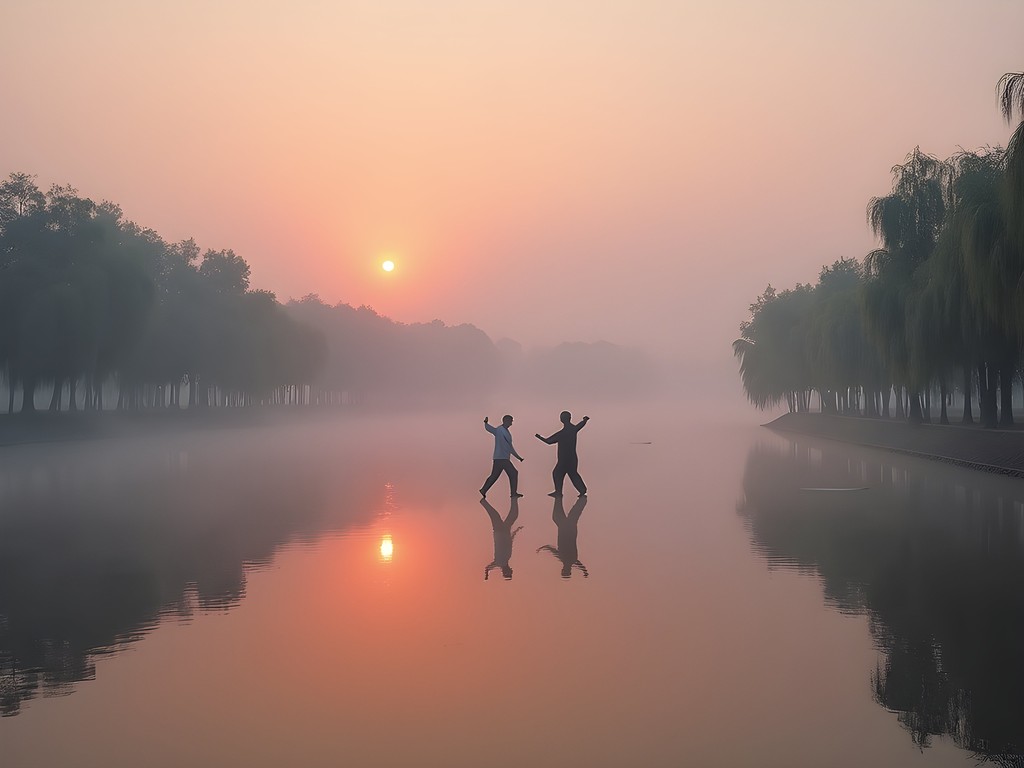
💡 Pro Tips
- Arrive at East Lake before 9 am to avoid crowds and catch the morning light
- The Hubei Museum's bell performance happens at 10:30 am and 3:30 pm—book your free ticket upon arrival
- Bring cash for street food vendors as many don't accept foreign credit cards
Day 2: Historical Wuhan and Yellow Crane Tower
The Yellow Crane Tower (黄鹤楼) has been on my travel wishlist since I first read Li Bai's famous poem about it in a Chinese literature anthology years ago. Standing 51.4 meters tall on Snake Hill, this reconstructed Tang Dynasty pagoda is every bit as magnificent as I'd imagined. The entrance fee (¥80) is worth every yuan for the panoramic views of the Yangtze River and the city beyond.
I arrived at 9:30 am, just after opening but before the tour groups descended. My foldable sun hat was essential protection against the spring sunshine as I explored the open viewing platforms. Don't rush through the tower itself—each floor contains beautiful calligraphy, historical exhibits, and cultural artifacts that tell Wuhan's story.
After a morning of history, I crossed the Yangtze River via the Wuhan Yangtze River Bridge to Hankou, the commercial district. The contrast between ancient and modern China is most evident here, where colonial-era buildings along the Bund area stand in the shadow of gleaming skyscrapers.
For lunch, I treated myself to Wuhan's famous sanxian doupi (three fresh stuffed tofu skin) at Laotongcheng restaurant. At ¥45 for a generous portion, it was both delicious and excellent value. My afternoon wandering through the Jianghan Road Pedestrian Street revealed a shopper's paradise where I practiced my bargaining skills—another instance where my pocket translator earned its place in my daypack.
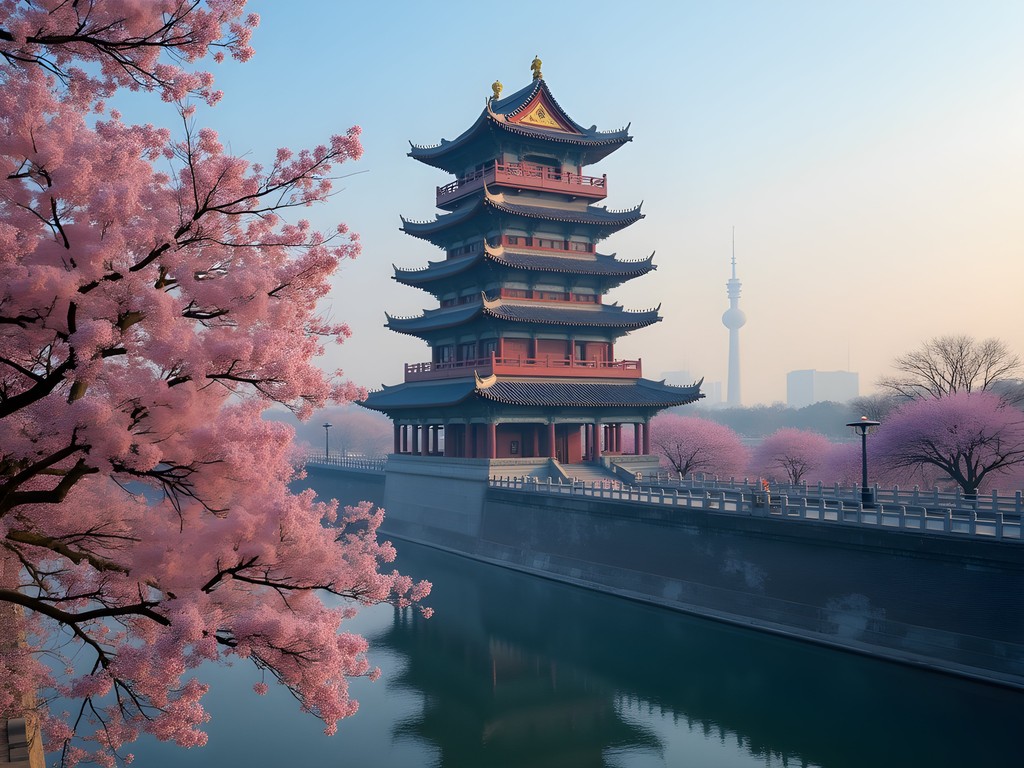

💡 Pro Tips
- Purchase Yellow Crane Tower tickets online a day ahead to avoid queues
- Visit the tower first thing in the morning or late afternoon for the best photography light
- The tower complex includes beautiful gardens worth exploring—allow at least 2-3 hours for the full experience
Day 3: Wuhan University and Night Markets
My final day began with what many consider Wuhan's best-kept secret: the stunning campus of Wuhan University. In spring, the cherry blossoms here rival Japan's famous sakura displays, but with a fraction of the crowds. The campus gates have a nominal entrance fee for visitors (¥30) during blossom season, but it's free other times. The early 20th-century architecture blends Chinese and Western styles beautifully, particularly the Old Library building.
After a morning of campus wandering, I took a DiDi (China's Uber) to Tan Hua Lin, a renovated historical district where traditional Wuhan architecture has been preserved amid cafés and boutiques. For lunch, I enjoyed lotus root soup and fresh fish from the Yangtze at a local restaurant called Chu River Han Street (¥75).
As evening approached, I prepared for my favorite Wuhan experience: the Optics Valley Square night market. This massive market comes alive after 6 pm with hundreds of food stalls, trinket vendors, and street performers. I was grateful for my crossbody anti-theft bag which kept my belongings secure while leaving my hands free to sample everything from spicy crayfish to bizarre ice cream flavors.
The market's neon lights reflecting in puddles after a brief spring shower created a cyberpunk atmosphere that would make excellent photographs. I captured the scene with my phone rather than risking my camera in the crowds, but was pleased with the results. My portable phone charger ensured I didn't miss any photo opportunities despite a full day of navigation and photography.


💡 Pro Tips
- Check Wuhan University's website for cherry blossom forecasts if visiting in March-April
- Download DiDi app and link it to your credit card before arriving in China
- Bring small bills (¥10 and ¥20 notes) for street food vendors
Where to Stay: Comfortable Mid-Range Options
After years of travel, I've learned that location is everything, particularly for a short city break. In Wuhan, I opted for the Wanda Reign Wuhan hotel, strategically positioned between the Yellow Crane Tower and East Lake. At approximately ¥650 per night (about AU$140), it offers excellent value with five-star amenities.
For those with tighter budgets, the Ji Hotel Wuhan Optical Valley Pedestrian Street provides clean, modern rooms from ¥280 per night and places you perfectly for exploring the night markets.
Wuhan spans three former cities (Wuchang, Hankou, and Hanyang) separated by rivers, so consider which attractions you most want to visit before booking. I found Wuchang district most convenient for my itinerary, though crossing between districts is straightforward using the efficient metro system.
One travel essential I never leave home without is my silk sleep sheet which gives me peace of mind in hotels of varying standards, though I'm pleased to report that hotel cleanliness in Wuhan was excellent across the board.
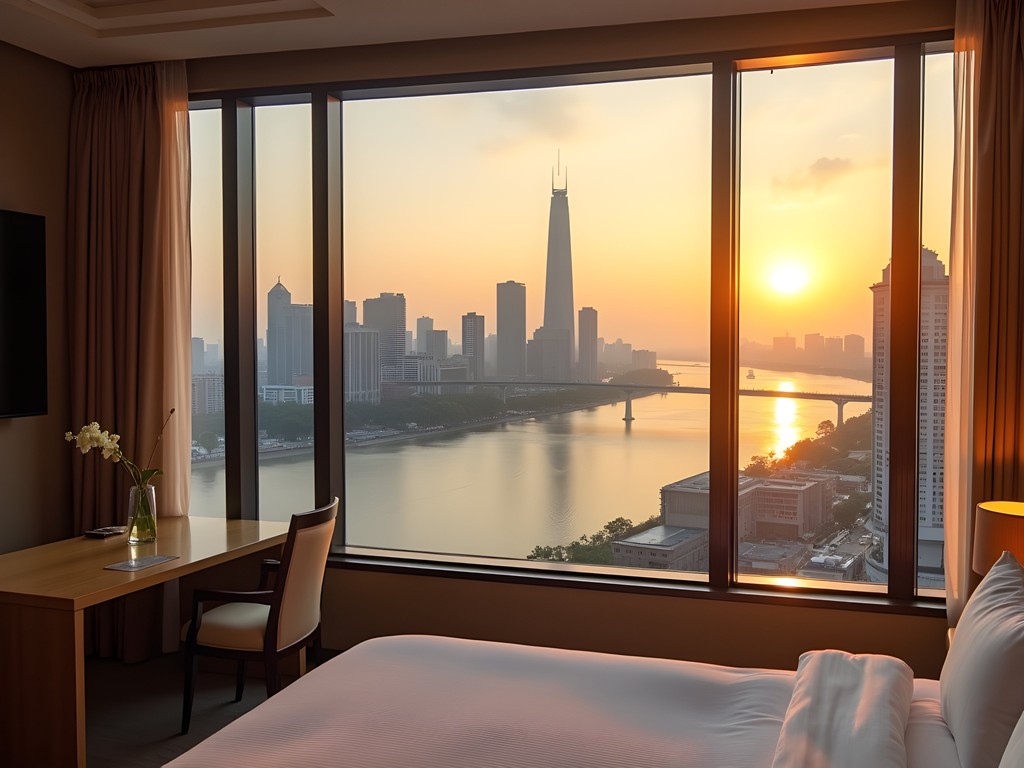
💡 Pro Tips
- Book hotels through Chinese platforms like Ctrip for better rates than international booking sites
- Request a high floor room for better views and less street noise
- Many hotels require a cash deposit upon check-in, so keep some local currency available
Final Thoughts
As my flight departed Wuhan Tianhe International Airport, I gazed down at the mighty Yangtze River cutting through this remarkable city of contrasts—a place where ancient poetry inspires modern skyscrapers and where traditional breakfast noodles are slurped alongside trendy bubble teas. Wuhan surprised me in the most delightful ways, offering cultural depth, historical significance, and modern energy without the overwhelming tourist crowds of Beijing or Shanghai.
For solo travelers seeking an authentic glimpse into a rapidly evolving China, Wuhan provides the perfect balance of accessibility and discovery. The city's recent challenges have forged a resilient spirit among its people, who were unfailingly kind and curious about foreign visitors during my stay.
Whether you're drawn by the cherry blossoms of Wuhan University, the poetic history of Yellow Crane Tower, or simply the adventure of exploring a less-traveled Chinese metropolis, I encourage you to give this phoenix city three days of your journey. Like me, you may find yourself already planning a return visit to discover more of its secrets. À bientôt, Wuhan—until we meet again.
✨ Key Takeaways
- Wuhan offers excellent value for money compared to China's more famous cities
- Spring (March-May) provides the perfect balance of comfortable temperatures and natural beauty
- The city is easily navigable for solo travelers with basic planning
- Food is a highlight—especially breakfast noodles, lotus dishes, and street market specialties
- Allow time for spontaneous exploration—some of Wuhan's best experiences happen when you wander off the main tourist path
📋 Practical Information
Best Time to Visit
Spring (March-May) for cherry blossoms and comfortable temperatures
Budget Estimate
¥500-800 ($100-160 AUD) per day including mid-range accommodation, meals, and attractions
Recommended Duration
3-4 days
Difficulty Level
Easy To Moderate (Some Language Barriers But Good Infrastructure)
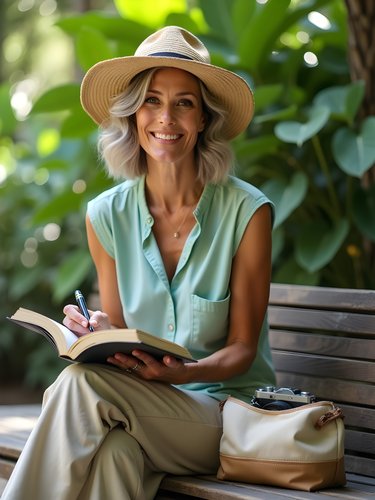
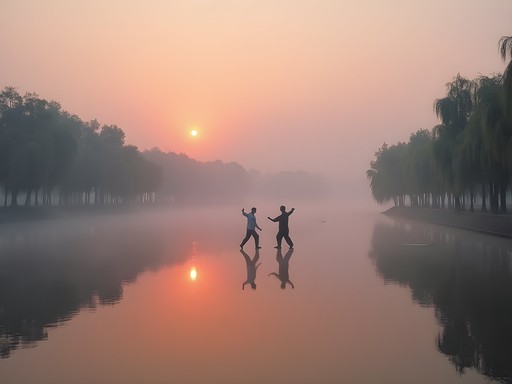
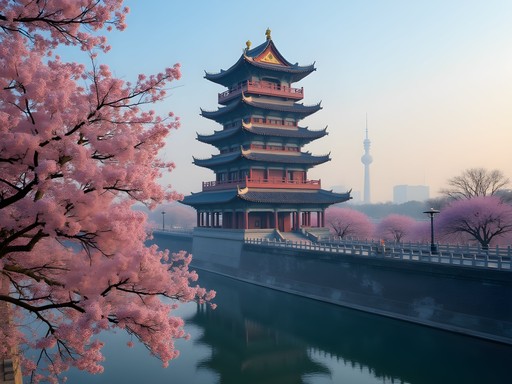
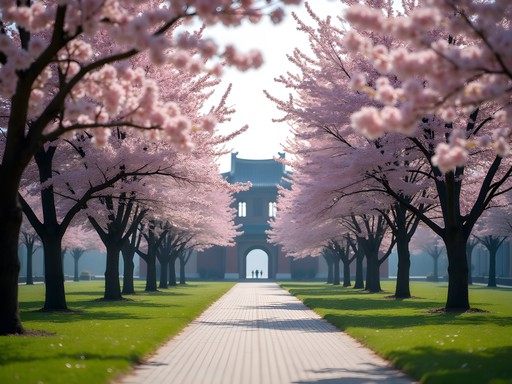
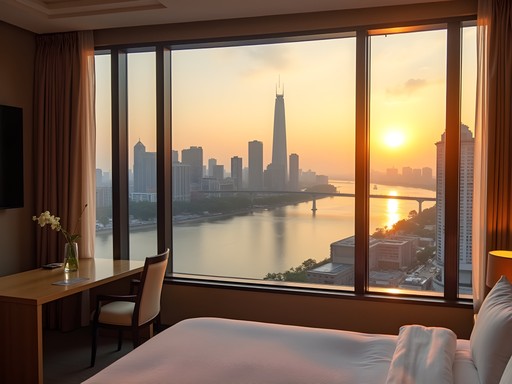


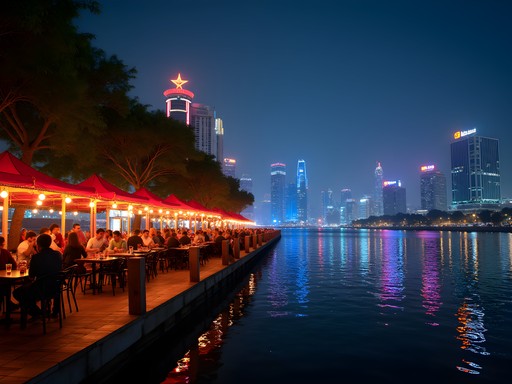
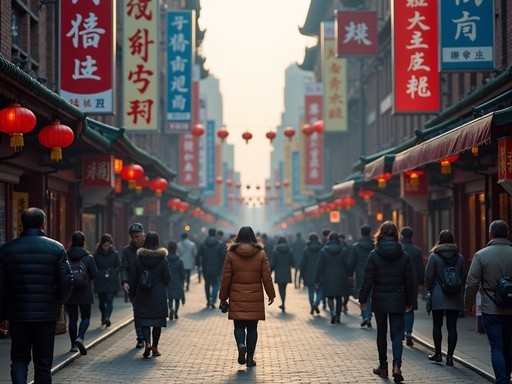
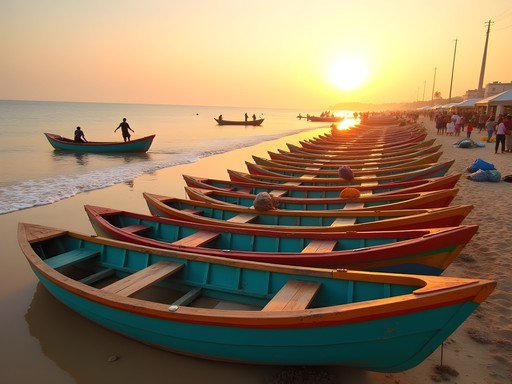
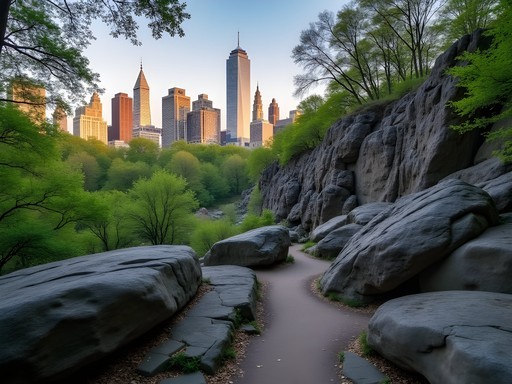




Comments
vacationwalker
Those East Lake photos are stunning! Added to my bucket list.
sunnylife
Your East Lake photos are gorgeous! Adding this to my bucket list!
beachwanderer
Great post! I'm planning a trip to China next spring and thinking of adding Wuhan to my itinerary. You mentioned the food briefly, but I'd love to know more about specific dishes to try. Any recommendations for must-try local specialties? Also, how did you find the Yellow Crane Tower compared to other historical sites in China? Was it crowded when you visited?
Lily James
Definitely try hot dry noodles (reganmian) for breakfast - they're the city's signature dish! Also don't miss the duck neck (yazi) and spicy crayfish if you're brave. Yellow Crane Tower was moderately busy mid-week but nothing compared to the crowds at places like the Forbidden City. The views over the Yangtze are spectacular!
beachwanderer
Thanks so much! Adding those foods to my list. Duck neck sounds intimidating but when in Wuhan...
Sophia Gomez
This brings back memories! I was in Wuhan on business last year and managed to squeeze in a visit to East Lake between meetings. The contrast between the bustling city and that peaceful oasis was striking. One thing I'd add - try to catch sunrise at the lake if you can. I dragged myself out of bed at 5:30am and it was absolutely magical watching the mist rise off the water as locals practiced tai chi. The city has this fascinating energy that's so different from Beijing or Shanghai. I used my pocket translator constantly as English wasn't widely spoken, but locals were incredibly patient and helpful despite the language barrier.
sunnylife
Was the subway easy to figure out? Thinking about skipping taxis to save money when I visit.
Sophia Gomez
The subway was surprisingly efficient! All signs have English translations and it's super affordable. Just download the Wuhan Metro app before you go - it works offline and was a lifesaver.
travelfan
Finally a good guide on Wuhan! Been wanting to visit since before the pandemic.
Lily James
Thanks! It really deserves more attention as a destination. Let me know if you need any specific tips when you go!
Casey Andersson
Lily, your post brought back so many memories! I stayed at the Wanda Reign Wuhan when I visited last year - pure luxury with incredible views of the Yangtze. What struck me most about Wuhan was the contrast between ancient and ultra-modern. One moment you're at the centuries-old Yellow Crane Tower, the next you're in a futuristic shopping mall. The locals were incredibly welcoming too. My favorite discovery was a tiny family-run restaurant near Hubu Alley that served the most amazing spicy duck neck - a local specialty I became slightly obsessed with! Did anyone else find the Wuhan cuisine surprisingly spicy? It definitely challenged my preconceptions about regional Chinese food.
freebackpacker
Casey - any chance you remember the name of that duck neck restaurant? Sounds amazing!
Casey Andersson
I don't recall the exact name, but it was about two blocks north of Hubu Alley, had red lanterns outside and a picture menu (thankfully!). Just look for the place with a line of locals - that's how I found it!
tripexplorer
Just booked my trip to Wuhan after reading this! Anyone know if the boat tours on East Lake run in November? Also thinking about adding a day trip to the Three Gorges Dam - worth it?
Bryce Diaz
@tripexplorer The boat tours run year-round but are less frequent in winter. Three Gorges is amazing but it's actually quite far from Wuhan - better as an overnight trip. The Hubei Provincial Museum in Wuhan is fantastic though if you want an alternative!
oceanbackpacker
How safe did you feel walking around Wuhan, especially at night? And did you use public transportation or mainly taxis?
Lily James
I felt very safe in Wuhan, even at night around the busy areas. I used a mix of metro (super efficient and clean) and DiDi (Chinese Uber). The metro is incredibly affordable and has English signage. Just download the Wuhan Metro app before you go!
Douglas Bradley
Can confirm - Wuhan is very safe. The metro is fantastic for getting around. I used my pocket translator when taking taxis, which was incredibly helpful for communicating with drivers.
freebackpacker
Just booked tickets to Wuhan for next spring!!! Your post came at the perfect time! Those night market photos have me drooling already. Can't wait to try those sesame noodles you mentioned!
Douglas Bradley
Fantastic guide to Wuhan! I visited last year and completely agree about East Lake - it's truly underrated. One thing I'd add is that the Hubei Provincial Museum is worth dedicating more time to if you're interested in the ancient Chu culture. The bronze bell collection is world-class. Also found the local breakfast of hot dry noodles (reganmian) addictive - I had them almost every morning! Did you get a chance to visit the Wuhan Yangtze River Bridge? The views from there provide a different perspective of the city's scale.
Lily James
Thanks Douglas! I completely agree about the Hubei Museum - I wish I'd had more time there. And yes, reganmian became my morning ritual too! I saw the bridge from a distance but didn't cross it - definitely on my list for next time.
Venture X
Premium card with 2X miles, $300 travel credit, Priority Pass